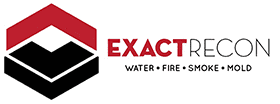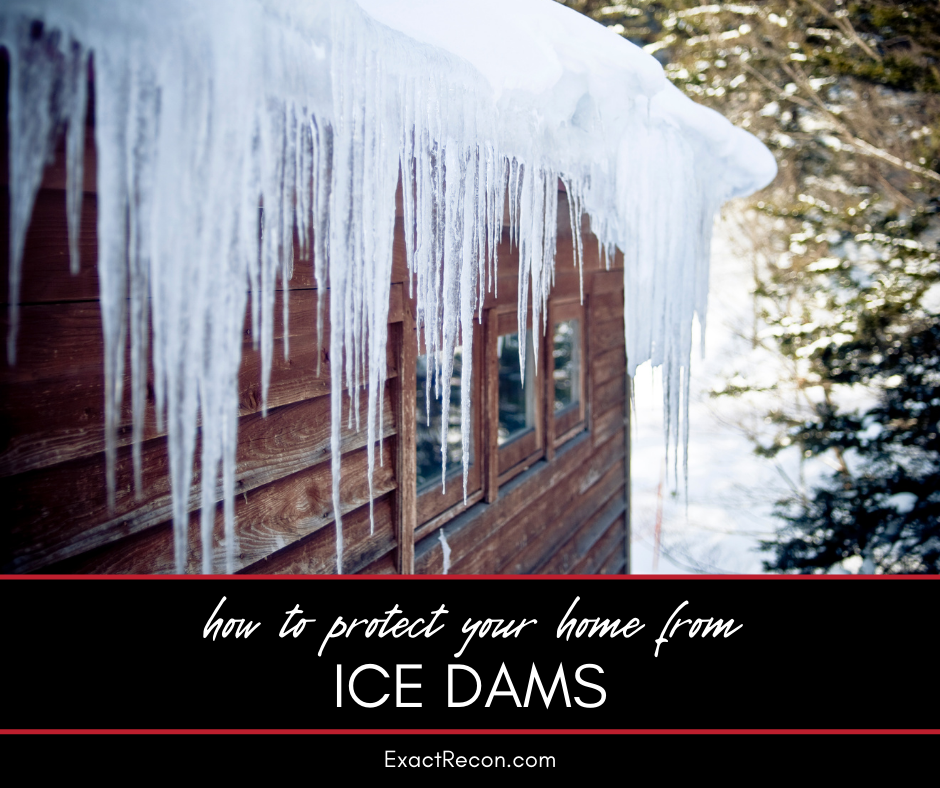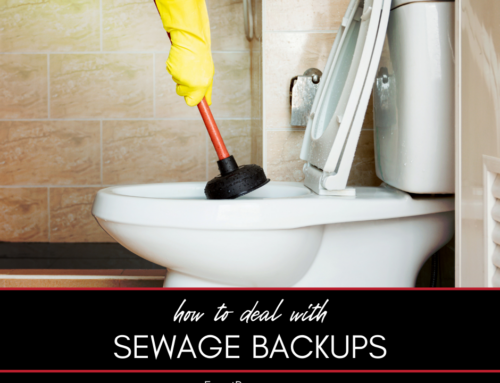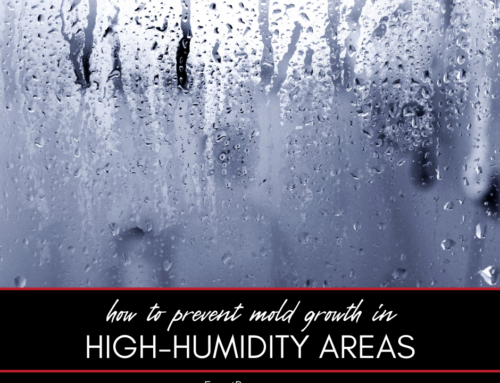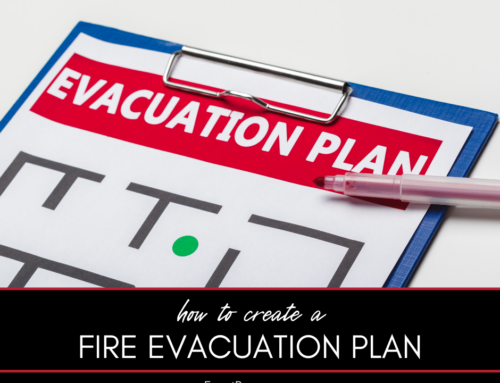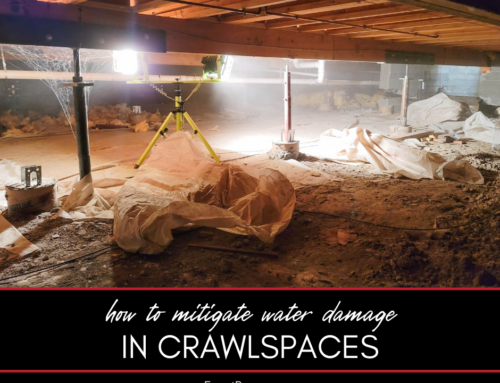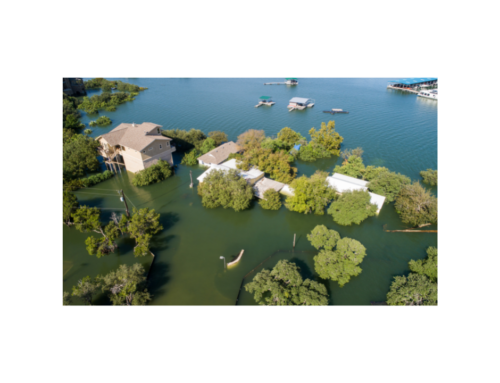Ice dams can cause major damage to your roof, gutters, and even the interior of your home. When snow melts and refreezes at the edges of your roof, it can block proper drainage, allowing water to seep under shingles and into your home. By taking proactive steps, you can reduce the risk of ice dams and protect your home from costly repairs.
How to Protect Your Home From Ice Dams
Ice dams are a common winter problem that can lead to leaks, mold growth, and damage to your roof and insulation. Understanding how they form and taking steps to prevent them will help keep your home safe. This guide explains the following:
- Understanding how ice dams form
- Improving insulation and ventilation
- Clearing snow from your roof safely
- Installing preventative tools like heating cables
- Knowing when to call a professional
Here’s a closer look at each.
Understanding How Ice Dams Form
Ice dams form when the snow on your roof melts due to heat escaping from your attic. This melted snow runs down the roof, where it can refreeze along the colder edges. When this happens repeatedly, ice builds up and forms a dam that blocks additional melting snow from draining properly. The trapped water can seep under shingles and into your home, causing water damage, mold, and insulation problems.
Preventing ice dams starts with understanding this process and taking steps to keep your attic cool and your roof temperature consistent. Maintaining a stable roof temperature can prevent snow from melting unevenly, which is one of the main factors in ice dam formation. You can find more information on ice dams and winter roof safety from reputable sources like Energy.gov to help guide your home’s winter preparations.
Improving Insulation and Ventilation
Proper insulation and ventilation are essential in preventing ice dams. Good insulation helps retain heat within your home while keeping your attic space cool. Insulating the attic floor and sealing any gaps can prevent warm air from reaching the roof and causing snow to melt unevenly.
Ventilation is equally important. A well-ventilated attic allows cold air to circulate, keeping the roof’s temperature even. Consider installing soffit vents along the eaves and ridge vents along the top of the roof to promote airflow. These vents help regulate the attic temperature, reducing the risk of ice dams. You may also want to add additional insulation to attic access points, such as hatch doors or pull-down stairs, which can be weak points for heat loss.
Clearing Snow From Your Roof Safely
Keeping excess snow off your roof can prevent ice dams, but safety should always be a priority. You can use a roof rake to remove snow from the edges of your roof after heavy snowfall. Roof rakes are designed with long handles to let you clear snow while standing safely on the ground. When using a roof rake, avoid chipping at the ice itself, as this can damage your shingles.
If you’re not comfortable removing snow yourself, consider hiring a professional. They have the right tools and experience to clear your roof without damaging it. Remember, the goal is to remove only enough snow to reduce melting near the eaves, not to scrape the roof clean.
Installing Preventative Tools Like Heating Cables
Heating cables, or de-icing cables, are another effective tool for preventing ice dams. These cables are installed along the edges of your roof and gutters to help melt snow and ice in critical areas. When properly installed, they create channels for water to flow off the roof, reducing the chance of ice buildup.
Before installing heating cables, ensure your roof and gutter systems are in good shape. Faulty gutters or damaged shingles can impact the effectiveness of de-icing cables. Additionally, while heating cables can help in high-risk areas, they should be combined with proper insulation and ventilation for the best results.
Knowing When to Call a Professional
Preventing ice dams can be a challenging and sometimes risky task, especially in extreme winter conditions. If you notice persistent ice buildup or water stains on your ceiling, it may be time to call a professional. A roofing contractor can inspect your roof, assess ventilation and insulation, and suggest the best methods to keep your home protected.
A professional inspection can help identify underlying issues that may be contributing to ice dams, such as poor attic insulation or inadequate ventilation. By addressing these issues, you can ensure your home is well-protected for future winters. If you’re in need of assistance, the Federal Emergency Management Agency FEMA offers guidance on finding help and resources for winter-related home repairs.
FAQ About Protecting Your Home From Ice Dams
Check out these commonly asked questions about protecting your home from ice dams. If you don’t see your question here, please call our office and we’ll find you the answers you need.
How Do I Know if I Have an Ice Dam?
Signs of an ice dam include icicles hanging from the edge of your roof, water stains on interior ceilings, and damp insulation in your attic. These signs indicate that water is being blocked and may be leaking into your home.
Can I Use Salt to Melt Ice Dams on My Roof?
Using salt on your roof is not recommended. Salt can damage shingles and gutters and may harm surrounding plants. Instead, consider using a roof rake to remove snow or install heating cables to prevent ice buildup.
How Often Should I Clear Snow From My Roof?
During heavy snowfall, try to clear snow from the edges of your roof as soon as it’s safe. Removing the bottom few feet of snow near the eaves can help prevent ice dams from forming, but avoid scraping or chipping at the ice.
Will Heating Cables Increase My Energy Bill Significantly?
Heating cables do consume energy, but they’re only necessary during heavy snowfall and freezing conditions. To minimize energy costs, turn the cables on only when needed and combine them with good insulation and ventilation practices.
What Should I Do if Water Starts Leaking From an Ice Dam?
If you notice a leak, act quickly to prevent further damage. Place buckets or tarps under the leak to contain water and contact a professional roofer for repairs. Improving attic insulation and ventilation can also help prevent future leaks.
Taking steps to prevent ice dams can protect your roof and home from costly repairs. By managing attic insulation, maintaining ventilation, and clearing snow responsibly, you can reduce the risk of ice dams and keep your home safe this winter.
Do You Need a Disaster Remediation Expert in Washtenaw County or Jackson County?
If your home has already been damaged, we can help. Check out our services and call 734-352-9183 for your free disaster remediation quote today. We offer:
- Water damage restoration
- Fire damage restoration
- Mold removal and remediation
- Fire and smoke restoration
- Sewer cleanup and disinfecting
- Reconstruction
- Wind and storm damage repair
